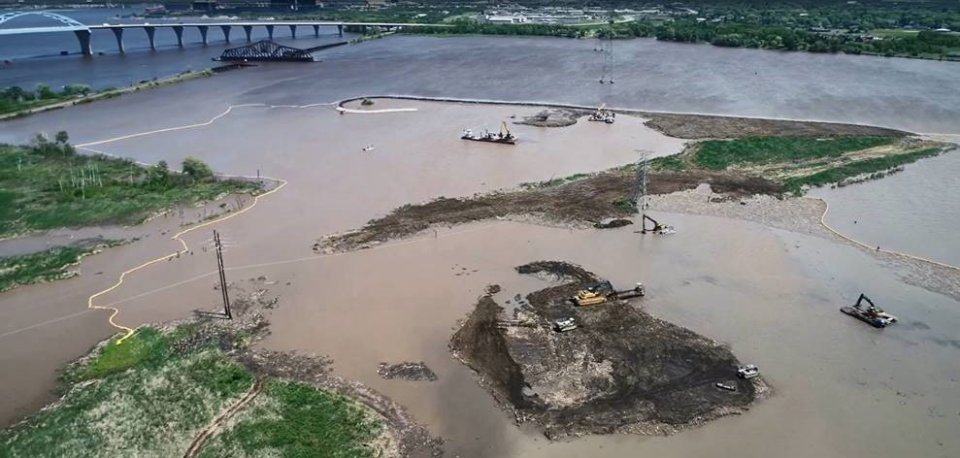Remediation to Restoration to Revitalization
EPA researchers are engaging communities to remediate, restore and revitalize contaminated sites. An example is EPA engaging with communities to restore Great Lakes Areas of Concern.
Researchers are developing the knowledge, resources, and tools communities need to set and achieve environmental restoration goals, incorporate the benefits of local ecosystems into decision-making activities, and ensure that the benefits of environmental protection are shared by all.
A process called Remediation to Restoration to Revitalization (R2R2R or R3) guides these community engagement efforts between federal and local governments and the communities they serve.

EPA researchers participate in conversations through public meetings and workshops with decision-makers and researchers about how to best restore waterfronts so their Ecosystem Goods and Services (EGSs) benefit everyone. EPA solicits input from many partners to ensure that its research directly benefits the EGSs that are most valuable to local communities.
EPA researchers also collaborate with state and local agencies and communities to develop and use tools designed to guide investigations on how a proposed program, project, policy or plan might impact health and well-being and inform decision-makers of these potential outcomes before the decision is made. These tools lead to more comprehensive and targeted solutions.
Examples of EPA’s R2R2R projects include collaborating with communities to clean up areas of concern around the St. Louis River, working with the city of Duluth, MN, to assess community values and restore Mud Lake’s EGSs, and an ongoing effort to provide data analysis for the Fond du Lac Band of Lake Superior Chippewa.
